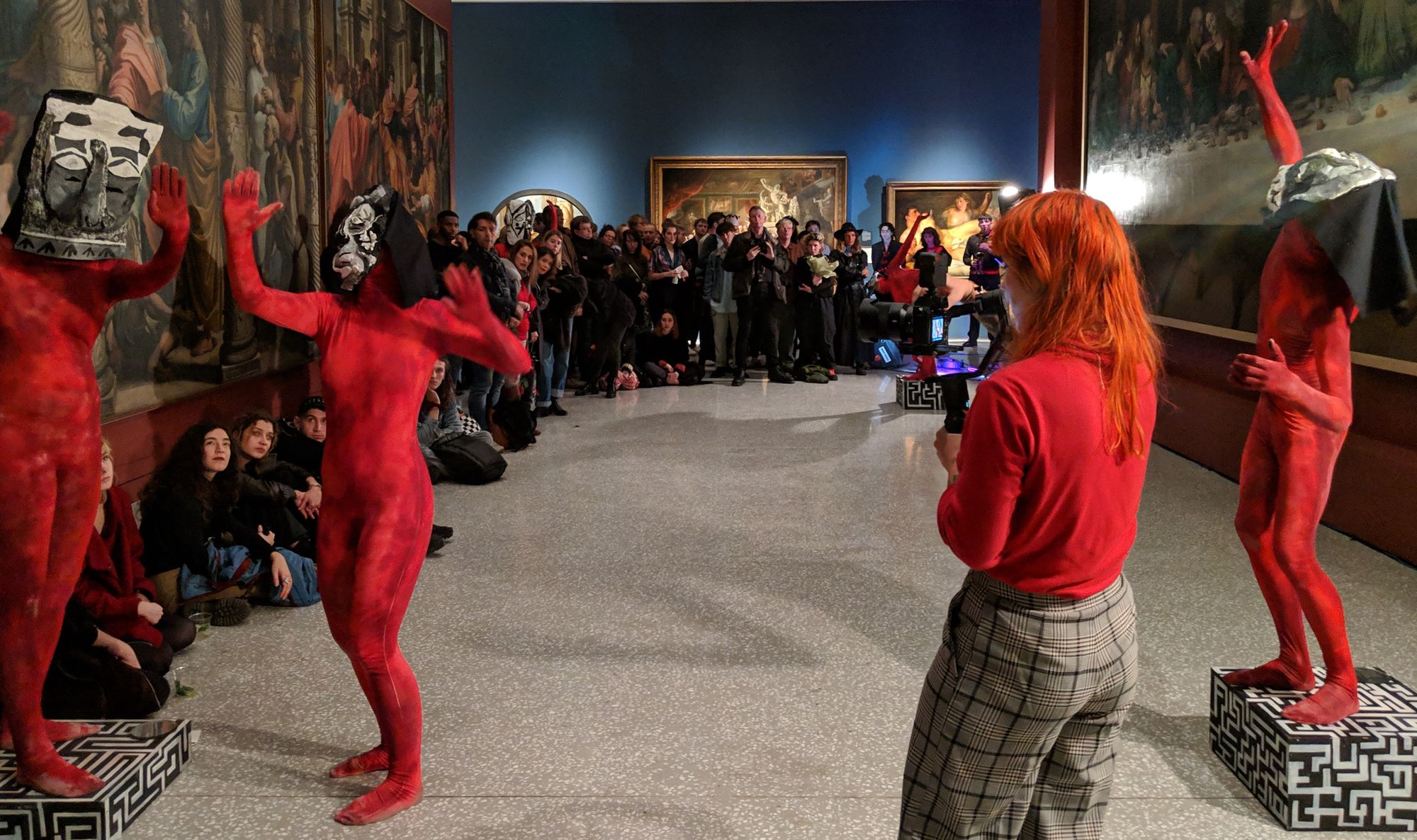Digital sense is series of moments of translation from the physical, often to some kind of analogue hardware which then produces voltage curves which configured to produce digital output.
We focused a large part of the lesson around the ideas of Citizen Sensing. We looked at the SafeCast community of sensor monitoring which arose in the wake of the Fukushima disaster. We also talked about a dashboard which apparently the Mayor of London had which would show various indicators of sensors across the city. I had a quick look online and couldn't find any good references to it, but I did find this somewhat out of date dashboard, which perhaps was an influence. I also found this amazing resource of live TFL traffic cameras, which is very busy collection of images, almost the opposite of the the moss cam that we talked about in class, which showed the very slow and gradual changes of moss growing on rocks.
I was reminded of the Neon Tower, by Philip Vaughan and Roger Dainton. I remembered the piece well but had to look up the name and creators. In my first year of university, my halls of residence were across Waterloo Bridge and because I saw it so regularly I could indeed use as an extra sense of the temperature and wind speed. It was a beautiful work, and I hope it is restored some day.
The talk mentioned the Air Quality egg - https://airqualityegg.com. I have my own experience of air quality ark work, in 2016 I went to Copenhagen, to CIID for their Summer Schools in Eccentric Interfaces and Environmental Interventions, with Tega Brain and Annelie Berner. It was a really fun week and I learnt a huge amount about ideas behind using interfaces and sensing as a provocation for starting change or looking at our environment differently . The project I worked on used air quality data from London. It was more challenging than I expected, as despite my background in coding and data visualisation the data was difficulty to get hold, dirty and really complex! So the resulting visualisation wasn't nearly as good as I'd hoped. If was to work with air quality data again, I would definitely do it alongside professional scientists in the area, so that I could use their expertise and hopefully have easier access to the data. After the course I was also able to get hold of a CleanSpace Tag which monitors certain types of pollution. It amazingly uses WiFi to power it, however it hasn't proven to be that reliable, although it's hard to know how much of this is due to software issues or the underlying hardware.
The ideas of sensing reminded of the biohacking craze a little while ago of having a magnetic implant in a finger. I met at least one person who had it done. Apparently it loses magnetism after only a few year. There are some slight downsides in the small risks of having it inserted and removed, it also prevents you from having a MRI scan. The extra senses are those of being able to “feel” electricity, which does appeal to me.
Towards the end we were directed to look at some of the great term 2 theory projects from last year's class.
Gallery visits
I went to the RA Student Night: The Birthday Party with some other students from the course. The night was a lot of fun, and all the galleries were open so there was a lot of art to get around to see in addition to the exhibitions on the night. I met Shirley Renwick who was showing an interesting live projection on the ceiling of a kind of Navier–Stokes approximation written in C++ (without OpenFrameworks!).
